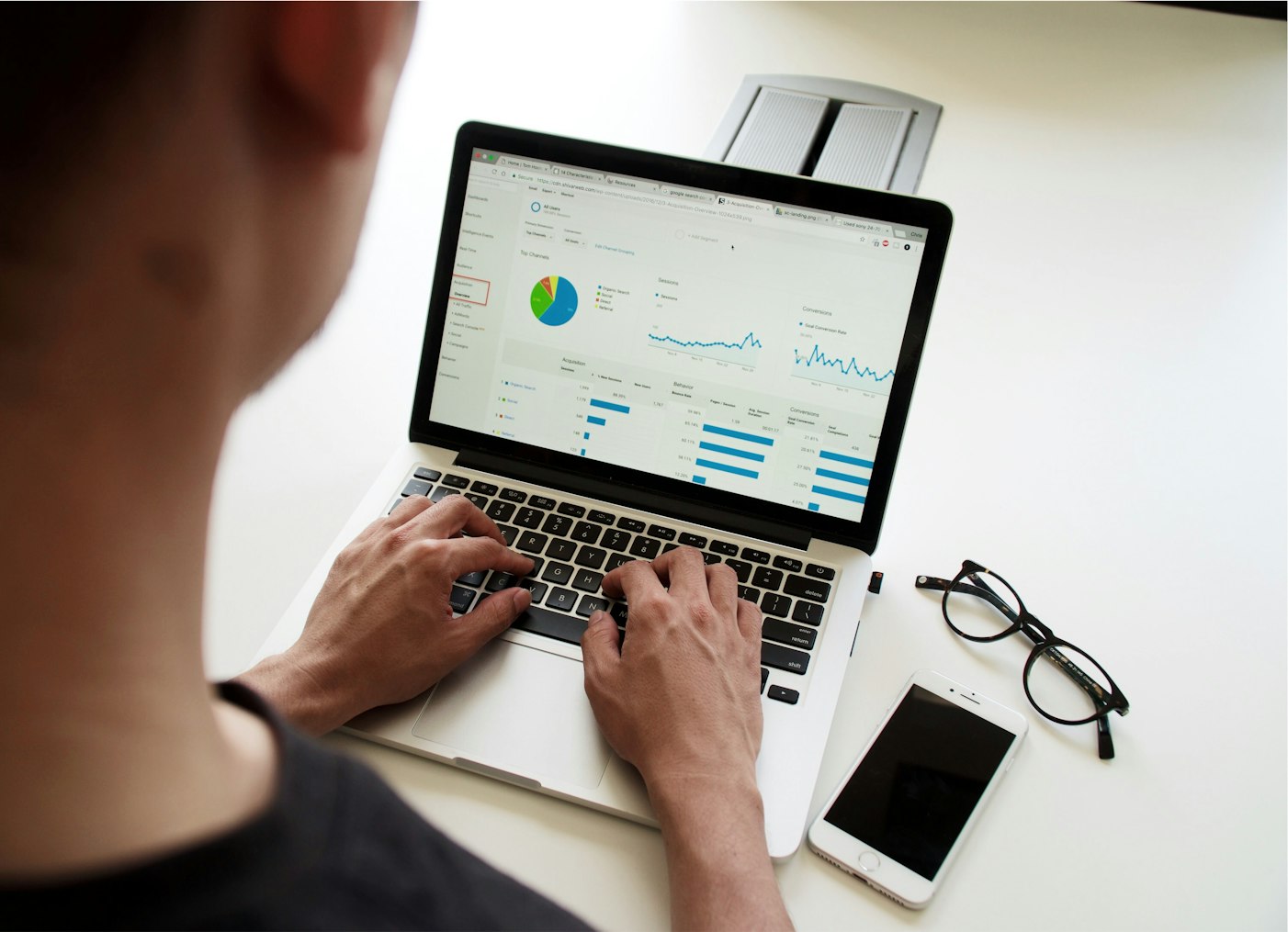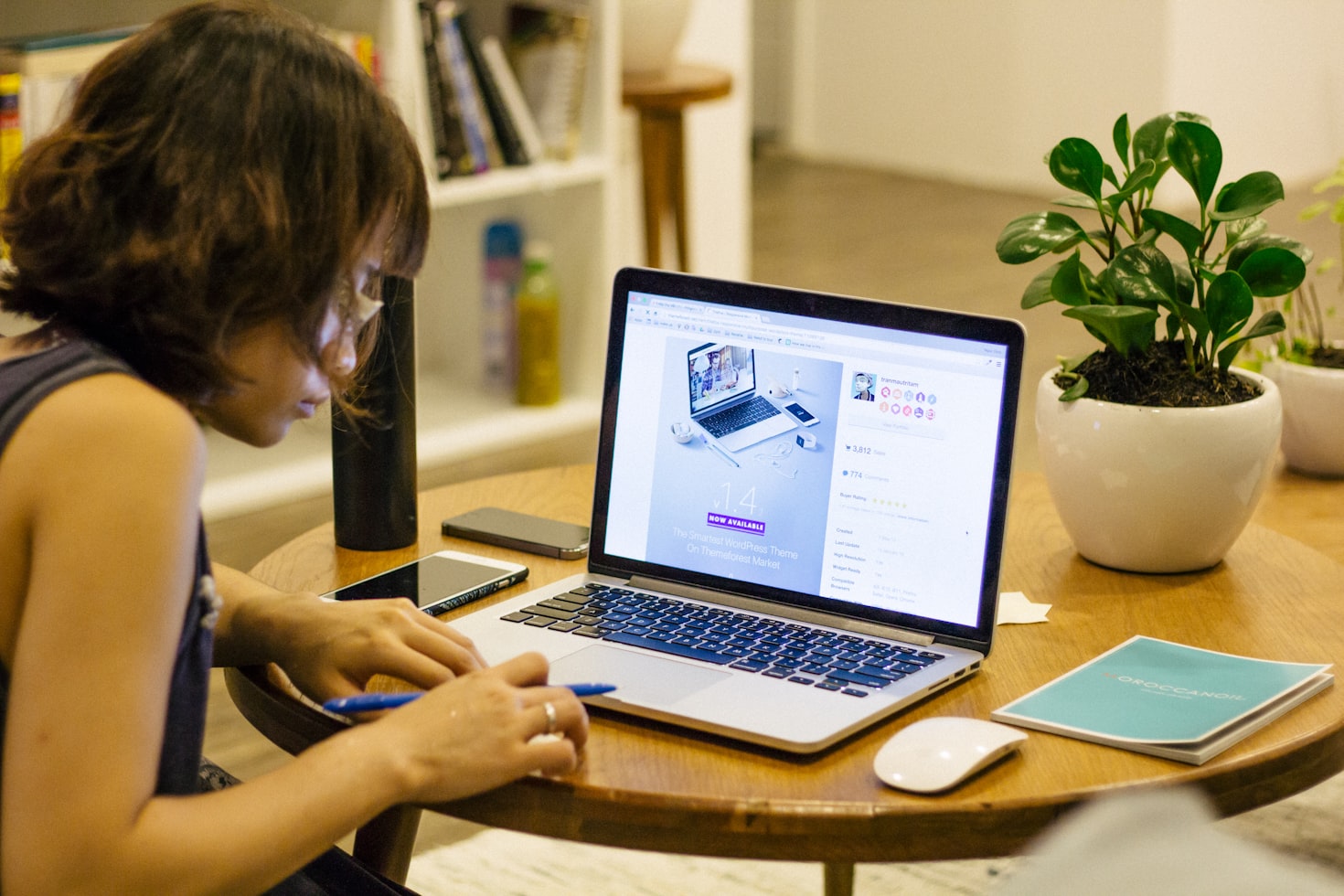Imagine a small business, once struggling to capture the essence of its products through photography, now thriving with vibrant, eye-catching images. This transformation isn’t a tale of hiring expensive photographers or buying high-end equipment; it’s the story of embracing AI in E-commerce product images. The evolution of product imagery, from traditional methods to the advent of AI, marks a significant leap in digital marketing, especially for e-commerce platforms. The use of AI in creating stunning e-commerce product images is not just a trend; it’s a revolution.

The Rise of AI in Product Photography
AI has revolutionized the way e-commerce product images are created and perceived. From automating tedious editing tasks to generating lifelike product mockups, AI tools have opened a new realm of possibilities. A small business owner, once limited by budget and resources, can now produce images that compete with top-tier brands, thanks to AI. This section explores the transformative impact of AI on product photography, highlighting its role in leveling the playing field in e-commerce.
Breaking Down the AI Photography Process

Image Enhancement Algorithms
AI utilizes advanced algorithms to enhance the quality of product photos. These algorithms can automatically adjust brightness, contrast, and color saturation to make the image more visually appealing. They can also reduce noise and sharpen details, resulting in a clearer and more professional-looking image.
Lighting Adjustment
Ecommerce AI photography tools can analyze the lighting conditions in a photo and make adjustments accordingly. They can correct overexposed or underexposed areas, ensuring that the product is well-lit and accurately represented. These tools can also simulate different lighting scenarios, allowing users to choose the most suitable lighting setup for their products.
Background Removal and Replacement
AI-powered software can automatically detect and remove the background from product photos. This feature is particularly useful for e–commerce businesses as it allows them to present their products on a clean, white background, which is known to increase conversion rates. Additionally, AI can replace the background with a virtual setting that complements the product, creating a more visually appealing image.
Object Recognition and Segmentation
AI algorithms can accurately identify and segment different objects within an image. This enables precise editing of specific elements in the photo, such as adjusting the color or texture of a particular product feature. Object recognition and segmentation also facilitate automated tagging and categorization of products, making it easier for businesses to manage large product catalogs.
Style Transfer and Augmentation
AI photography tools can apply various artistic styles to product photos, transforming them into unique and visually striking images. Style transfer techniques allow users to mimic the look of famous paintings or apply creative filters to enhance the overall aesthetic appeal. Augmentation features enable users to add virtual elements or effects to the photo, such as 3D models or augmented reality overlays, enhancing the product presentation.
Automation and User-Friendliness
AI photography tools are designed to be user-friendly, requiring minimal technical expertise. They automate many aspects of the image editing process, reducing the time and effort required to produce high-quality product photos. With intuitive interfaces and guided workflows, even non-technical business owners can easily navigate and utilize these tools to create professional-grade images for their ecommerce platforms.
By leveraging AI in photography, businesses can streamline their product image creation process, improve the visual appeal of their products, and ultimately enhance their online marketing efforts.
Real-World Success Stories

Across the globe, small businesses are reaping the benefits of AI in product photography. From increased engagement on their e-commerce platforms to higher sales, the impact is tangible and significant. This section will showcase various success stories, including interviews and testimonials from business owners who have transformed their visual marketing with AI.
Overcoming Challenges and Limitations

1. Concerns about Authenticity
One of the main concerns with AI in product photography is the fear that it may create images that appear too artificial or unrealistic. To overcome this challenge, it is important to strike a balance between enhancing the image and maintaining its authenticity.
AI tools should be used to enhance the product’s features without distorting its true appearance. It is also crucial to ensure that the final image accurately represents the product, as misleading images can lead to customer dissatisfaction and returns.
2. Preserving Creativity
Some business owners worry that relying on AI for photography may limit their creative control over the final image. However, AI tools should be seen as a complement to human creativity rather than a replacement.
Business owners can still provide input and guidance to the AI algorithms, ensuring that the final image aligns with their brand’s aesthetic and vision. By using AI as a tool to enhance and streamline the editing process, photographers can focus more on creative aspects such as composition and styling.
3. Learning Curve
Implementing AI in product photography may seem daunting for those who are not familiar with the technology. However, many AI photography tools are designed with user-friendliness in mind, offering intuitive interfaces and guided workflows.
Additionally, online tutorials and support resources are often available to help users navigate through the software and make the most of its features. Taking the time to learn and experiment with AI tools can greatly benefit small business owners by improving their product images and saving time in the long run.
4. Cost Considerations
Another limitation of AI in product photography is the potential cost associated with acquiring and implementing AI tools. While some advanced AI software may come with a higher price tag, there are also more affordable options available for small businesses.
It is important to carefully evaluate the features and capabilities of different AI tools to determine which ones align with your specific needs and budget. Additionally, considering the potential time and cost savings that AI can bring in terms of image editing and production, the investment in AI photography tools can often be justified.
5. Ethical Considerations
As with any technology, AI in product photography raises ethical concerns. For instance, there may be concerns about the use of AI to manipulate images in a way that misrepresents the product or deceives customers. To address these concerns, businesses should prioritize transparency and ensure that their product images accurately represent the actual product. It is important to use AI tools responsibly and ethically, adhering to industry standards and guidelines.
Future Trends and Predictions
The future of AI in product photography looks promising, with emerging technologies poised to further revolutionize this field. This section will explore upcoming trends, such as the integration of augmented reality and more sophisticated AI algorithms, and their potential impact on ecommerce product images.
Conclusion: The Transformative Power of AI
The journey of AI in product photography is not just about technological advancement; it’s about empowering small businesses to compete in the digital marketplace. AI offers a path to high-quality, engaging ecommerce product images, enabling businesses to connect with their audience more effectively. This conclusion encourages businesses to embrace AI, highlighting its transformative power in the realm of product photography.
Elevate your Amazon product photography with ProductScope AI’s stunning backdrops! Imagine your product anywhere – a sunlit breakfast table, a cozy reading nook, or even a mountain summit. Our AI Photoshoot feature brings your vision to life in high-quality images at a fraction of the cost. Dream big and transform your product imagery with just a few clicks. Visit ProductScope AI now and unleash your creativity!
Sign Up for ProductScope AI Today!
FAQs
How Does AI Transform Traditional Product Photography?
AI revolutionizes product photography by automating editing processes, creating lifelike mockups, and enhancing image quality. This technology saves time and resources while producing high-quality, engaging visuals for products.
What Are the Benefits of AI in Product Photography for Small Businesses?
AI in product photography offers cost-efficiency, consistency in quality, and creative flexibility. Small businesses can produce professional-grade images without extensive resources, appealing to a broader customer base.
Can AI in Product Photography Replace Professional Photographers?
While AI significantly enhances and simplifies the photography process, it doesn’t entirely replace the creative insights and expertise of professional photographers. It’s a tool that complements rather than replaces human skills.
How Accessible Are AI Photography Tools for Small Business Owners?
AI photography tools are increasingly user-friendly and accessible. Many platforms offer intuitive interfaces and affordable pricing, making them suitable for small business owners with varying levels of technical expertise.
What Types of Products Benefit Most from AI Photography?
Virtually all product types can benefit from AI photography, especially those requiring high visual appeal like fashion, electronics, and home decor. AI tools can highlight product features and create engaging visual content.
How Does AI Ensure Quality and Consistency in Product Images?
AI algorithms can maintain consistent lighting, angles, and image quality across multiple product photos. This consistency ensures a professional and cohesive look for a brand’s visual content.
Is AI-Generated Product Photography Cost-Effective?
Yes, AI-generated product photography is cost-effective, especially for small businesses. It reduces the need for expensive photo shoots and professional editing services, allowing for high-quality imagery on a smaller budget.
Can AI Tools Customize Images for Different Marketing Platforms?
AI tools can adapt images for various platforms, ensuring optimal display and engagement on websites, social media, and e-commerce platforms. They can resize and format images according to the specific requirements of each platform.
How Do AI Tools Handle Complex Products with Detailed Features?
AI tools are adept at handling complex products, using advanced algorithms to capture fine details and present them in an appealing way. They can enhance textures, colors, and features to make products stand out.
What Future Developments Are Expected in AI-Driven Product Photography?
Future developments in AI-driven product photography include more advanced customization options, improved realism in mockups, and integration with augmented reality (AR) for immersive product experiences.

